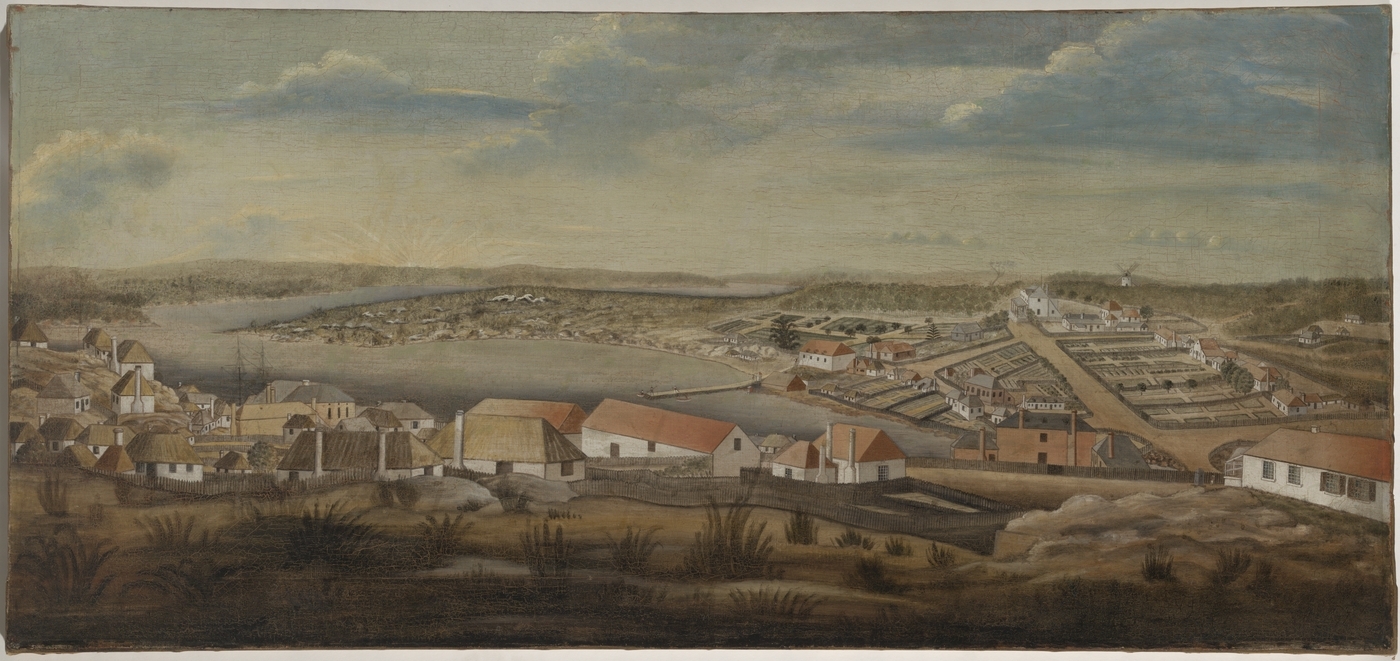The Impact of the Press within New South Wales
The Sydney Gazette and later many other publications were situated perfectly in time to develop alongside the colony's culture. One source points out that “in a reflection of the increasing sophistication of the Sydney-based reader, George Howe, and Robert Howe, would also publish some significant, stand-alone, texts” (Franks). In more ways than just the newspaper, Australia's first printing press contributed greatly to the literary foundation of the country.
For the first 20 years of publication history in NSW, the gazette was essentially owned by the Crown through the governor, and censored as such. This, paired with George Howe's deferential and direct writing style, made the paper very informational and even dull in the opinion of some colonists (O'Malley). Nonetheless, the newspaper provided an avenue of communication for the colony that was much needed in expediting the maturing of the nation, and even allowed for opinions to be published as we saw in the annotated page (although almost only opinions either neutral or in line with the status quo).
In the 1820s the print business became much more profitable, and a capitalist underlying operating principle along with the founding of several new publications led to much more political dissent and conflict, notably highlighting the question of colonial dependency on Britain as well as military or civil control of the government. In this period of time, "although it was a convict colony ruled by a British military Governor, New South Wales…was characterized by a much lesser degree of state restraint over the press than was true for Britain” (O’Malley).
